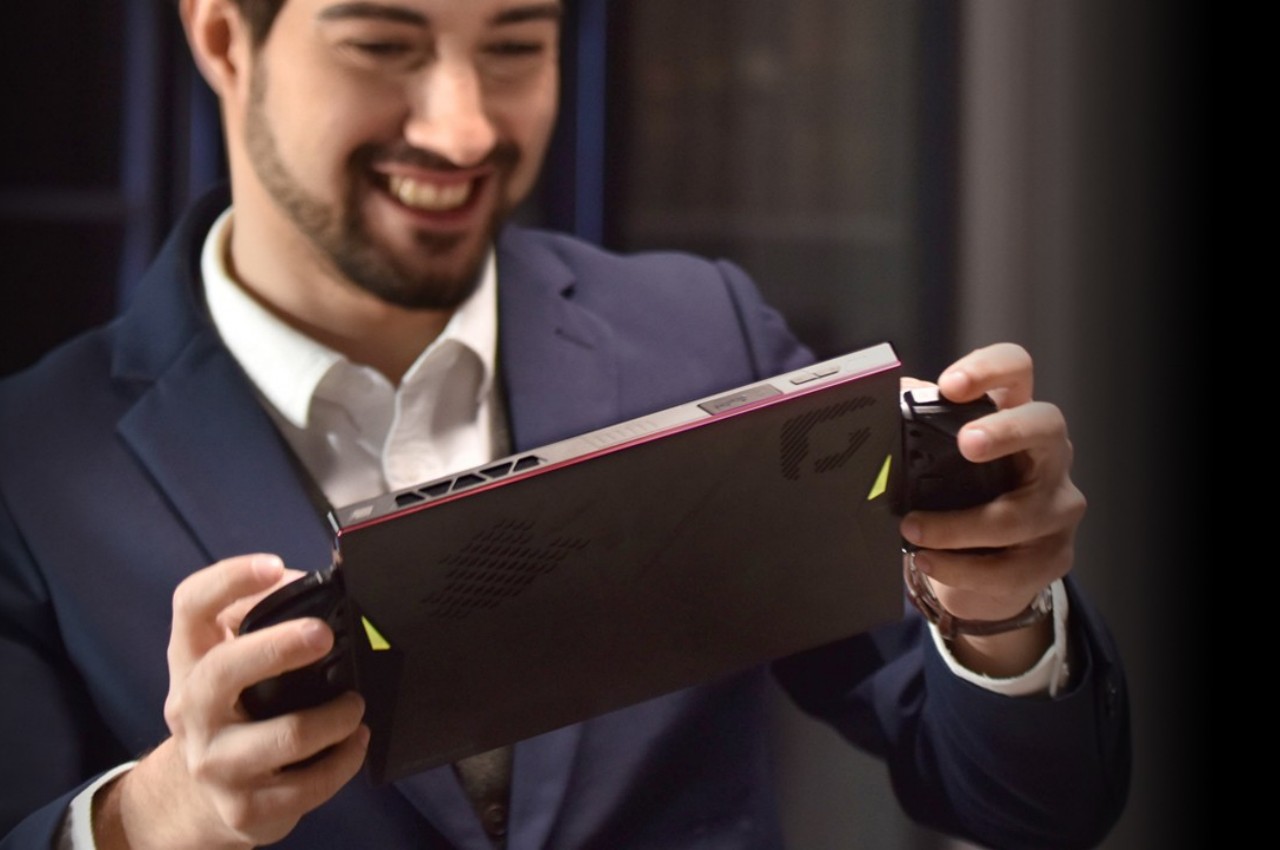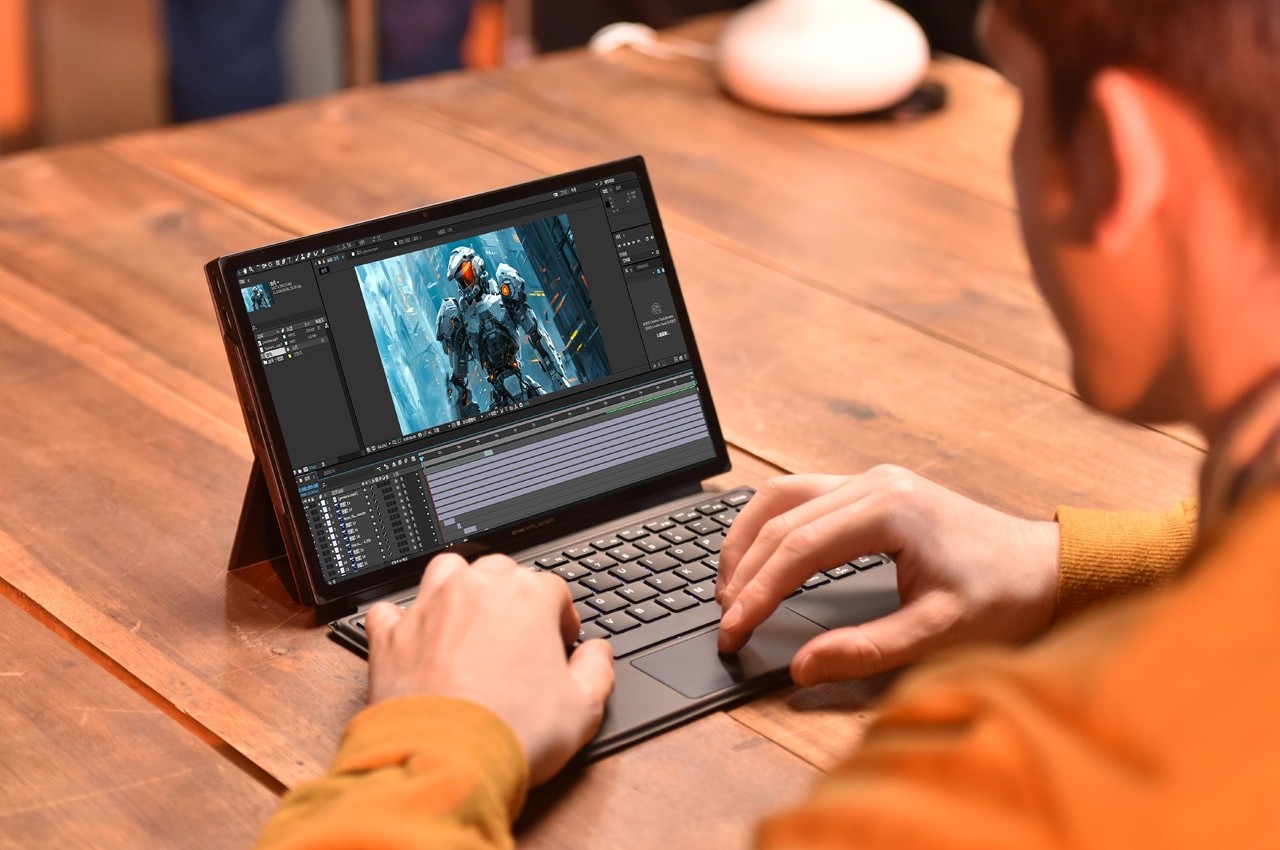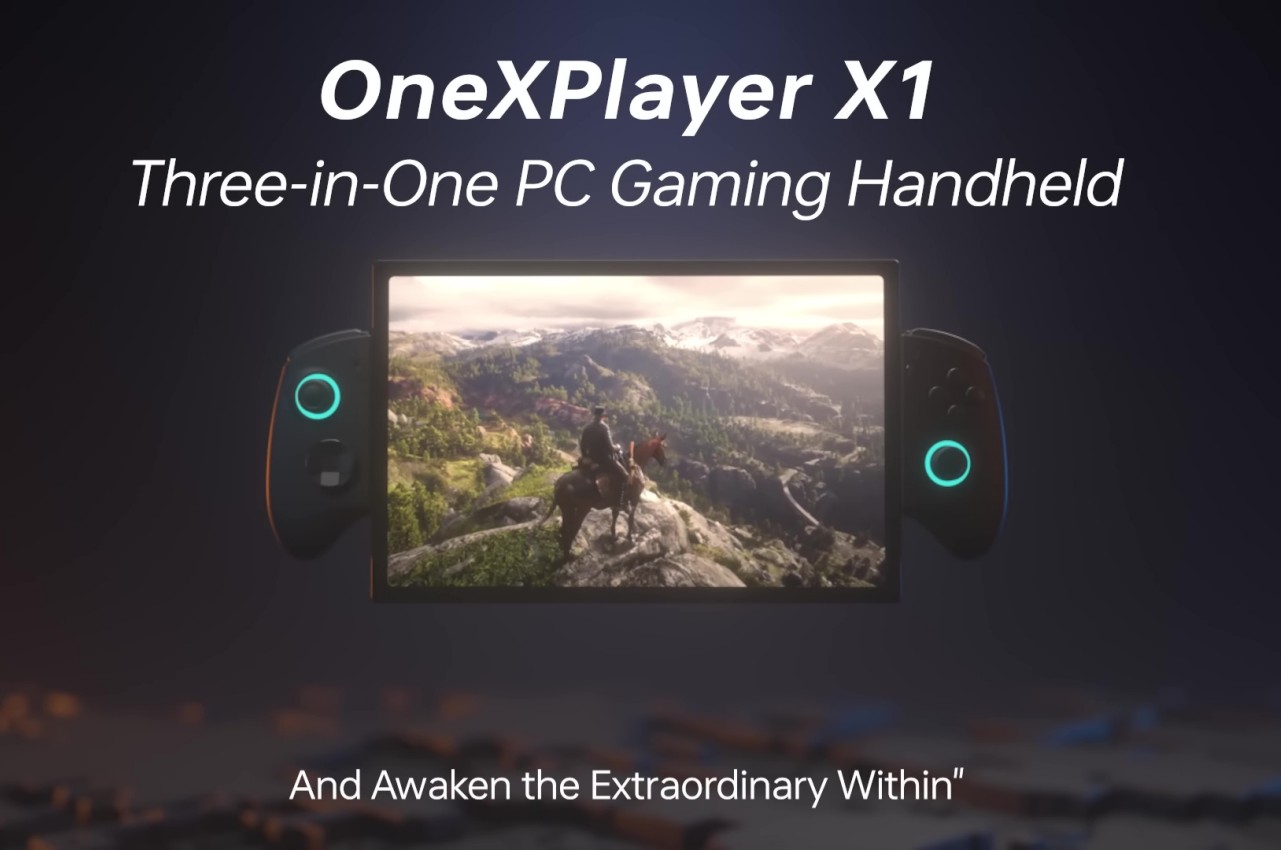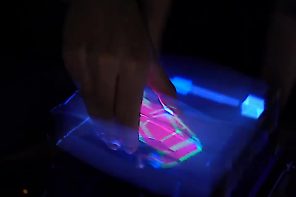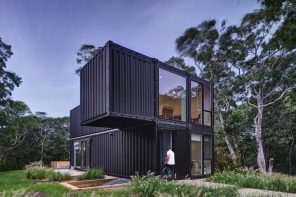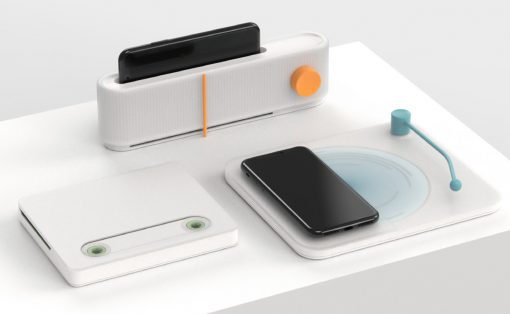PC gaming is taking on a rather interesting turn in terms of design, with the rise of handheld gaming devices. Valve’s Steam Deck fired the opening salvo, and soon the likes of ASUS, Lenovo, and now MSI have followed suit. While the big brands took their sweet time joining the bandwagon, other manufacturers have already been playing this game for quite some time and have even iterated over a few unusual designs. One of those happens to be arriving soon, with what could only be called the love child of the Nintendo Switch and the Microsoft Surface tablet, offering a single device for both work and play that stretches the definition of what “handheld” really means.
Designer: ONE-NETBOOK
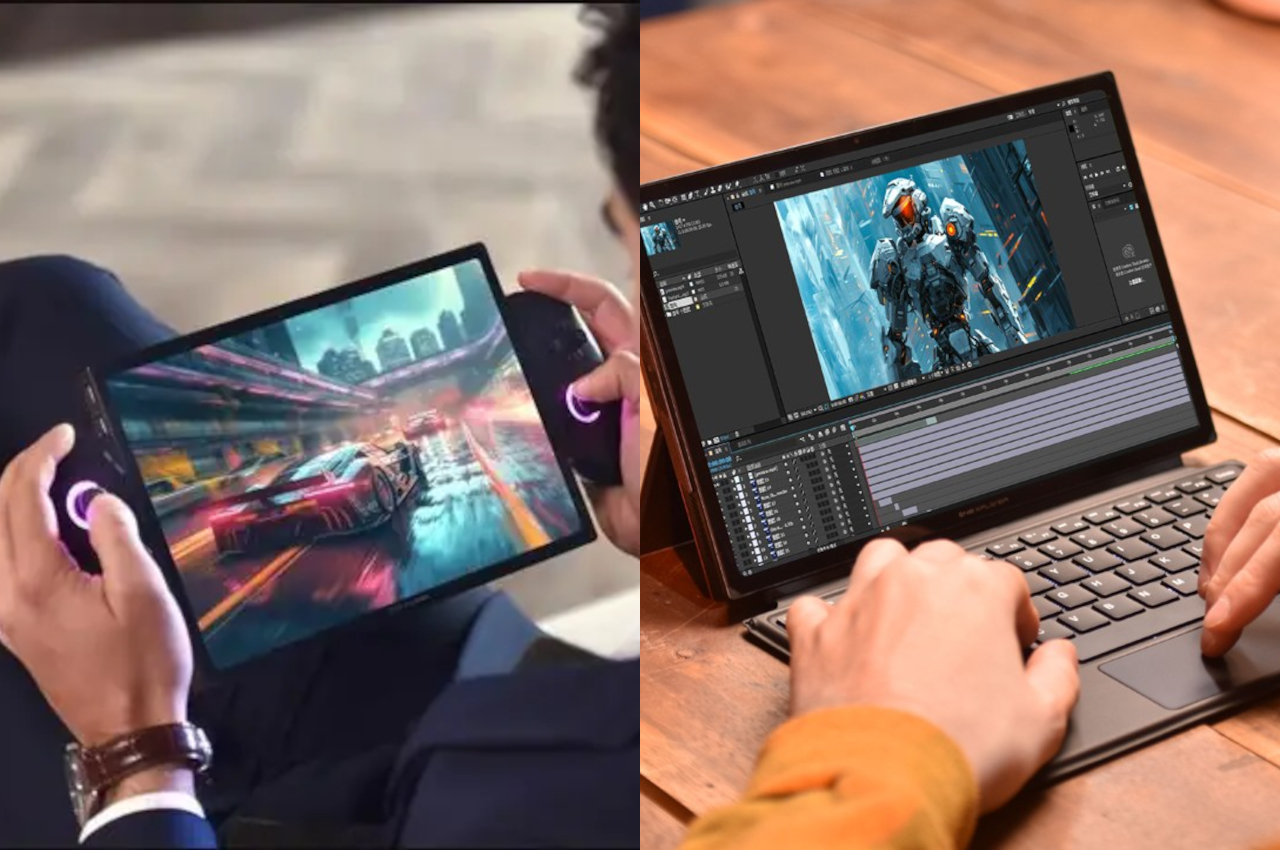

To be even considered gaming-worthy, these handheld computers need to pack enough power to satisfy the greed of AAA titles. Of course, that power can also be used for other activities, but the design of a relatively small handset device isn’t exactly conducive to anything but gaming. You can, of course, connect the handheld PC to a dock and other peripherals, but you can only do that at home or in the office.


In order to satisfy the needs of both entertainment and productivity, the OneXPlayer X1 shatters a few conventions, especially when it comes to screen size. If you think the Lenovo Legion GO’s 8.8-inch screen is already massive, then you’re jaw will probably drop at this 10.95-inch 2.5K screen. That’s pretty much “netbook” size, which means it’s a little bit more comfortable to view documents and spreadsheets, especially when you have to type them out. Of course, that does also mean you have a larger view of your games, but it comes at the price of portability, though ONE-NETBOOK advertises the device will only be 789 grams thanks to the use of 6000 series aviation aluminum.
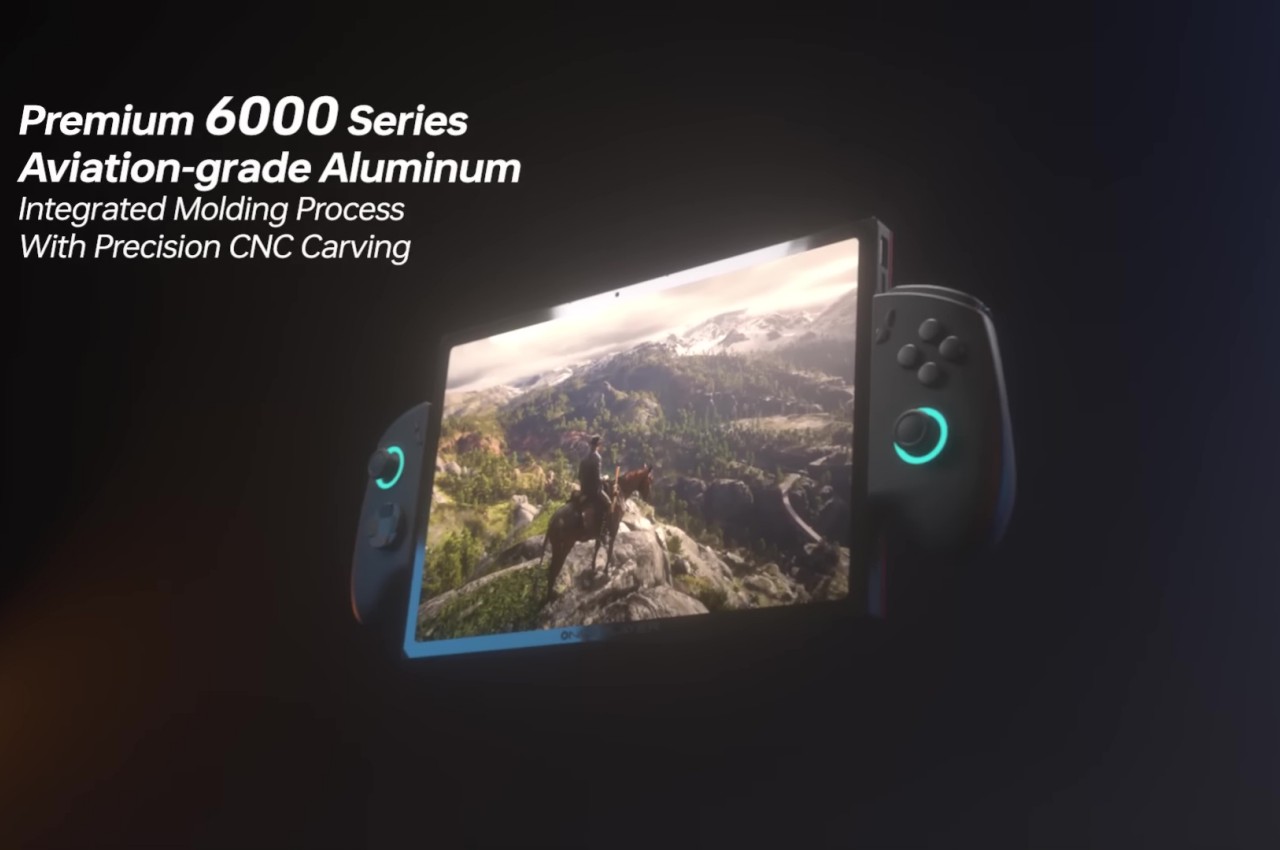
The OneXPlayer X1’s inspiration can clearly be seen from the detachable controls. Flanking the sides of the large tablet are removable controllers clearly inspired by the Switch Joy-cons. When it’s time to start typing, however, the keyboard cover, ala the Surface Pro, comes into play. While the laptop use case is a proven design, it remains to be seen whether the promise of lightweight handheld gaming will actually be delivered.

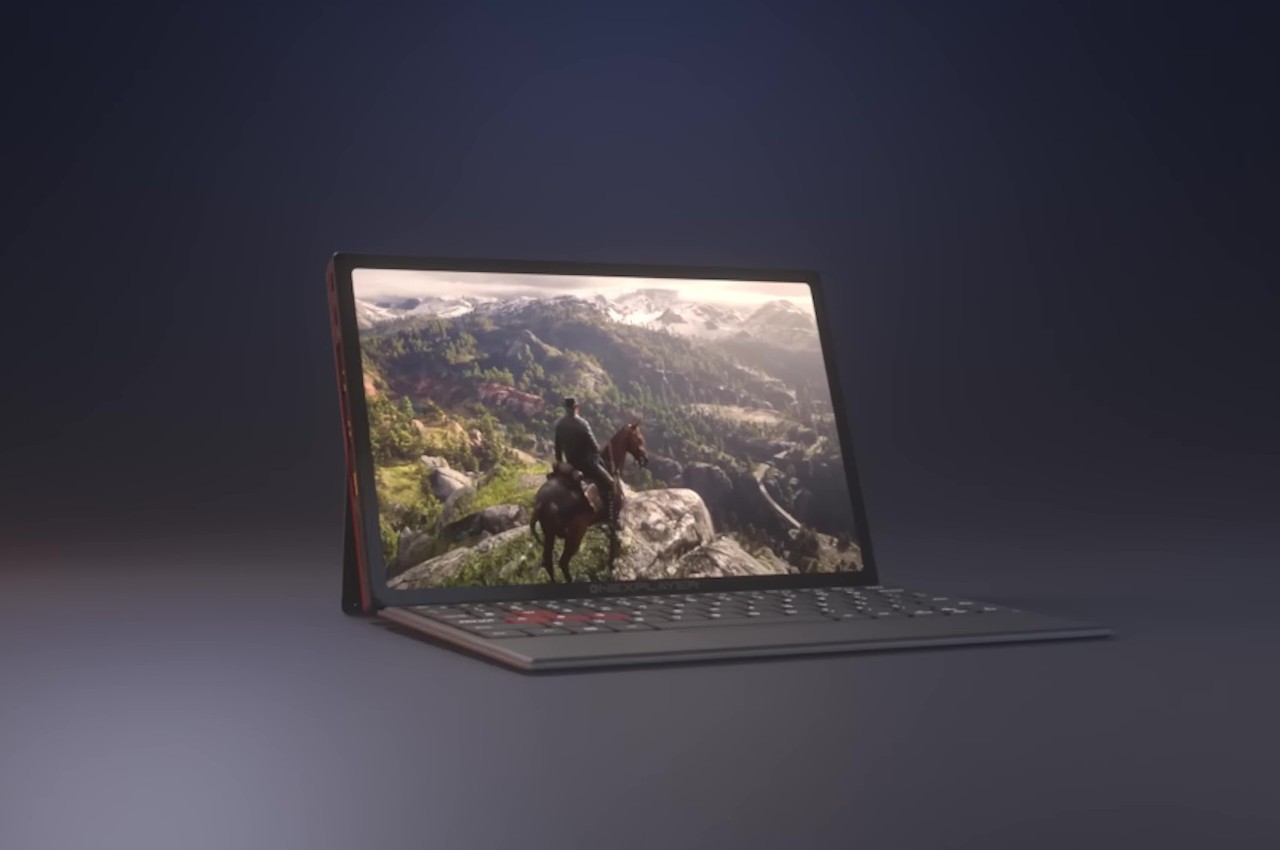
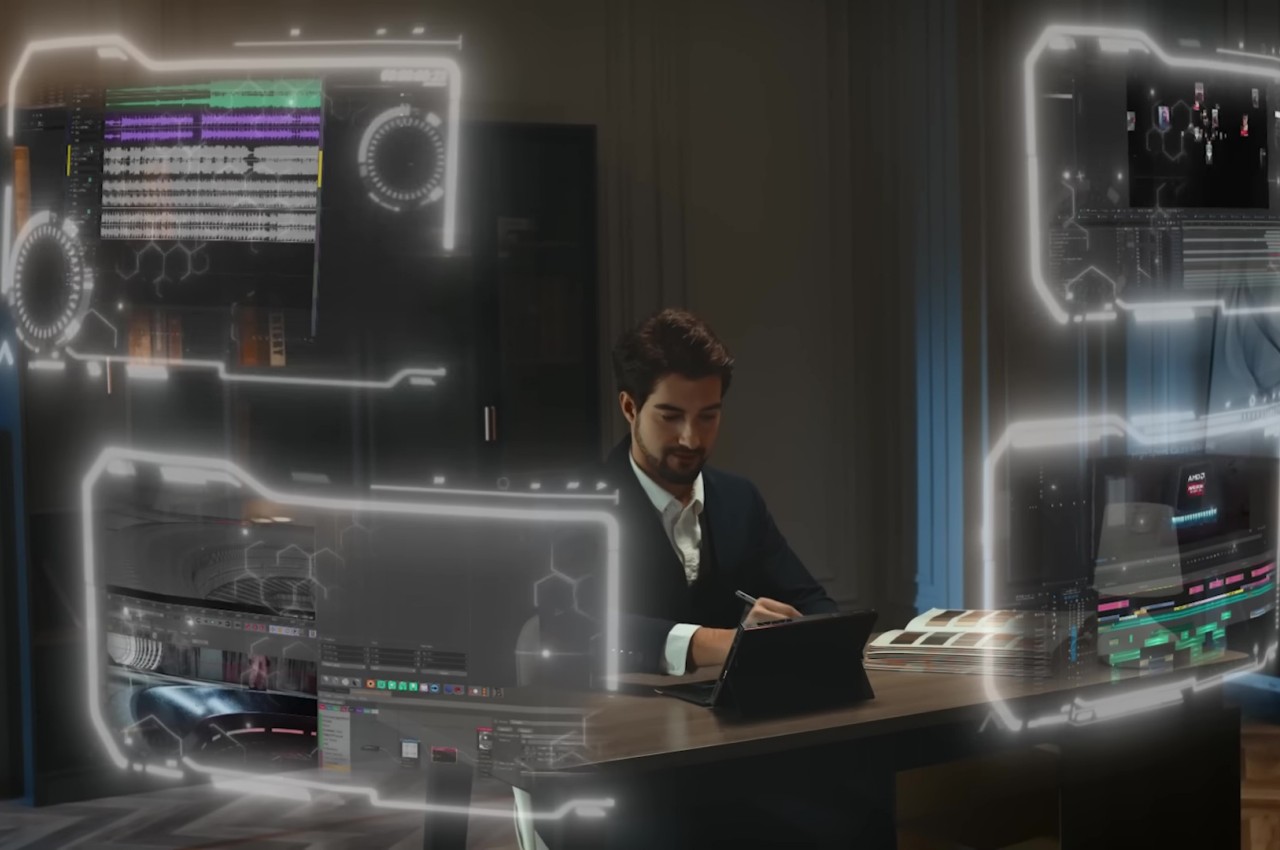
It’s interesting to see how the OneXPlayer X1 combines multiple designs gathered from computing history, from the canceled Razer Edge Pro to the unexpected Microsoft Surface Pro to the successful Nintendo Switch. Of course, simply combining successful designs doesn’t guarantee the same successful outcome, especially when that combination itself is still unproven and almost questionable. With an Intel Core Ultra processor and Intel’s ARC GPU, there might be some doubt as to its actual gaming chops. And with a price tag that starts at around $950 for the baseline specs, that’s too expensive a risk to take as well.
